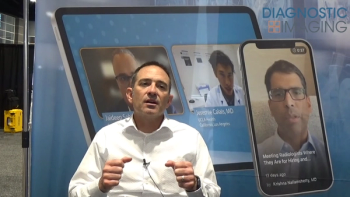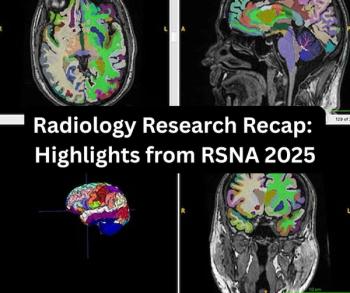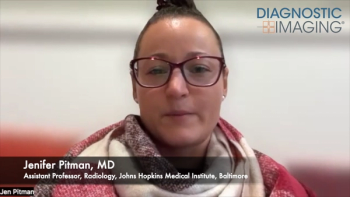
Targeted Lung Cancer Screening Does Not Make Much Difference
Targeted dose CT lung cancer screening does not have substantial effect on life-years saved among high risk groups.
Targeting low-dose computed tomography (LDCT) for lung cancer screening for people at highest risk for lung cancer mortality does not offer substantial gains in terms of life-years saved, quality-adjusted life-years (QALYs), or cost-effectiveness, according to a study published in
Researchers from the United States and the Netherlands sought to quantify the value of risk-targeted selection for lung cancer screening compared with National Lung Screening Trial eligibility criteria. The researchers analyzed incremental seven-year mortality, life expectancy, quality-adjusted life-years (QALYs), costs, and cost-effectiveness of screening with LDCT versus chest radiography at each decile of lung cancer mortality risk.
The results showed participants at greater risk for lung cancer mortality were older and had more comorbid conditions and higher screening-related costs. Lung cancer was found in more high-risk patients and targeted screening averted lung cancer deaths over the seven years of the trial, but those at higher risk were also older, had greater smoking exposure, and were more likely to have a preexisting diagnosis of chronic obstructive pulmonary disease. The incremental lung cancer mortality benefits during the first seven years ranged from 1.2 to 9.5 lung cancer deaths prevented per 10,000 person-years for the lowest to highest risk deciles, respectively.
The gradient of benefits across risk groups was attenuated in terms of life-years (extreme decile ratio, 3.6) and QALYs (extreme decile ratio, 2.4). The incremental cost-effectiveness ratios were similar across risk deciles ($75,000 per QALY in the lowest risk decile to $53,000 per QALY in the highest risk decile).
The researchers concluded that although risk targeting may improve screening efficiency in terms of early lung cancer mortality per person screened, the gains in efficiency are attenuated and modest in terms of life-years, QALYs, and cost-effectiveness.
Newsletter
Stay at the forefront of radiology with the Diagnostic Imaging newsletter, delivering the latest news, clinical insights, and imaging advancements for today’s radiologists.




























